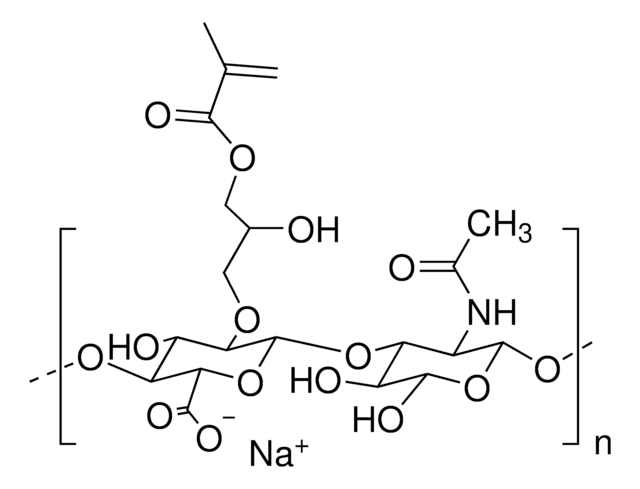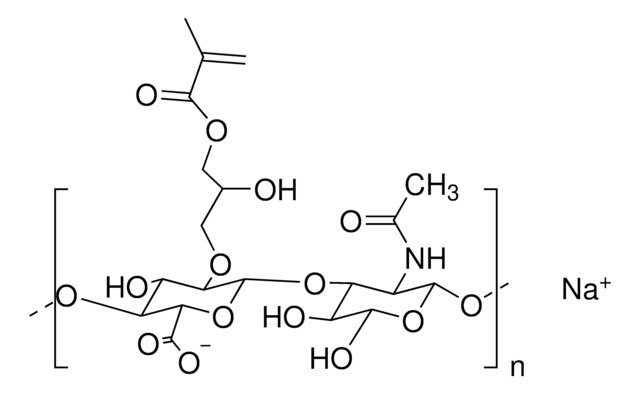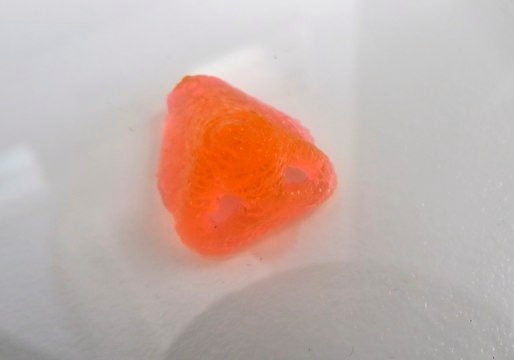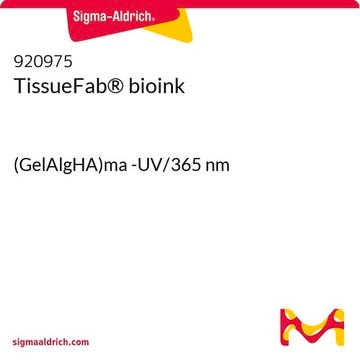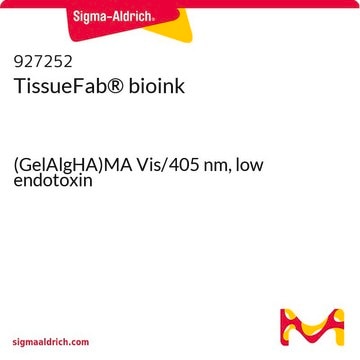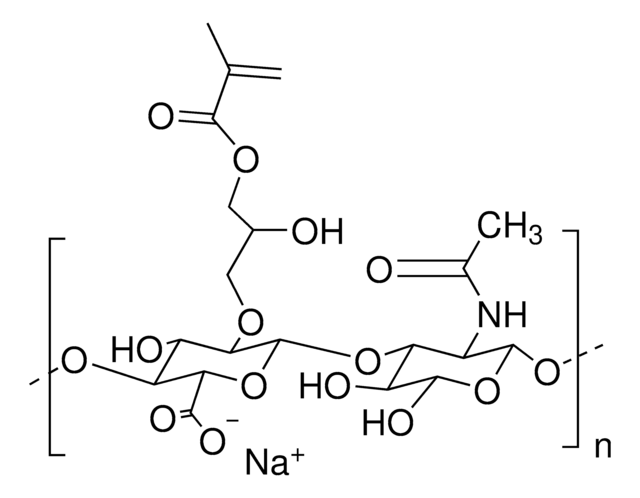919632
TissueFab® bioink
(GelHA)ma -UV/365 nm
Synonym(s):
Bioink, HAMA, Hyaluronic acid, Hyaluronic acid methacrylamide, Hyaluronic acid methacrylate, Hyaluronic acid methacryloyl, Sodium hyaluronate
About This Item
Recommended Products
Quality Level
description
suitable for 3D bioprinting applications
sterility
sterile-filtered
form
viscous liquid
impurities
≤5 CFU/g Bioburden (Fungal)
≤5 CFU/g Bioburden (Total Aerobic)
color
colorless to pale yellow
particle size
0.2 μm
pH
6.5-7.5
application(s)
3D bioprinting
storage temp.
2-8°C
Looking for similar products? Visit Product Comparison Guide
Related Categories
Application
Packaging
Legal Information
wgk_germany
WGK 3
Certificates of Analysis (COA)
Search for Certificates of Analysis (COA) by entering the products Lot/Batch Number. Lot and Batch Numbers can be found on a product’s label following the words ‘Lot’ or ‘Batch’.
Already Own This Product?
Find documentation for the products that you have recently purchased in the Document Library.
Our team of scientists has experience in all areas of research including Life Science, Material Science, Chemical Synthesis, Chromatography, Analytical and many others.
Contact Technical Service